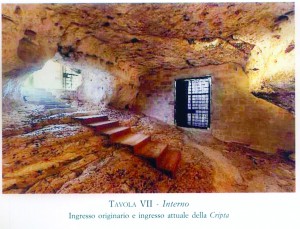
The entrance to the Crypt of Original Sin in Matera
Matera is a small town in southern Italy famous for two things: its astonishing rock churches (named a Unesco World Heritage Site in 1993) and its poverty. There is hardly an electric light or a wire in sight. The panorama, the hollow cave-rooms gaping like empty eye sockets and shadowy rupestral churches still decorated with peeling frescoes, create a timeless atmosphere.
In November 2002, American actor and film-maker Mel Gibson chose the town to be “Jerusalem” for his filming of The Passion of the Christ. (In 1962 Italian director Pier Paolo Pasolini, a Communist atheist, made a similar choice, filming his own Gospel According to Matthew here.) When Gibson and crew rolled into town, about 20,000 locals auditioned to be extras, and 600 with the swarthiest Mediterranean looks were picked. Matera became a movie set for several months.
Matera has always been poor. When anti-Fascist Italian author Carlo Levi was sent into political exile to this “dead end” of Italy in the 1930s, he described the people’s struggle for survival in his classic Christ Stopped at Eboli (a nearby town). His point was that Matera was a “God-forsaken” place, that Christ would have had no reason to go on from Eboli to Matera. Levi’s depiction of the suffering of the people caused such an outcry that hundreds of the Sassi, as they were called (rock homes similar to caves), were forcibly evacuated.
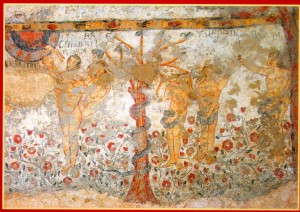
The fresco shows the Garden of Eden, the Tree of Life in the center with the serpent wrapped around it, Adam’s creation to the left and Adam and Eve’s temptation and sin on the right
Only since Gibson’s filming of The Passion of the Christ has a certain prosperity begun to touch Matera. Some tourist companies in the years since have brought groups of curious visitors on a “Passion Tour” to see the place where Jim Caviezel (the handsome American actor who played the role of Jesus) was whipped on the order of Pontius Pilate, or where he carried the cross through the streets of Matera as if on the Via Dolorosa in Jerusalem.
The Matera region has always been a border area, with cultural and religious influence from the Latin West but also from the Byzantine East. Byzantium retook parts of central and southern Italy from the barbarians after the fall of the Western Empire in 476 A.D.
In Matera and in the surrounding area there are 155 stone churches dug out of the peculiar porous rock of this region. Most can be visited, even though one has to walk for a few hours to reach some churches.
Most of these churches were created between the 8th and 14th centuries when Matera, because of its strategic position (between the Duchy of Benevento and the Byzantine provinces), became a place of sanctuary for the Benedictine and Basilian (Byzantine) monks.
The life style of the monks gradually evolved from hermitage to community life. Hermitages were very simple caves where ascetics lived apart from society. As more and more monks arrived from the Byzantine Empire, these kinds of settlements evolved into lauras (or lavras), where a community of monks inhabited a system of caves surrounding a church.
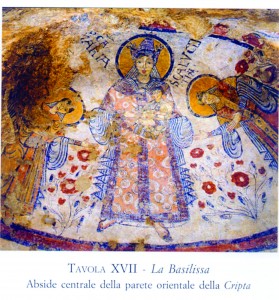
Mary (you can see the word “Maria” to the left, with the “M” half missing) as the Byzantine Empress, the “Basilissa,” from the central niche on the eastern side of the Crypt
Beginning in the 17th century, many churches, especially those deteriorated beyond repair, were deconsecrated (and they still are), some becoming shelters for animal herds.
But some of these rock-hewn churches have recently been restored. And many magnificent frescoes have miraculously resisted dampness, vandalism and neglect for many centuries and, after a skilful restoration, they delight again with their priceless beauty.
Now, in The Rock Churches of Matera: Pearls of Beauty and Culture, Italian scholar Maria Pina Rizzi, a religion teacher in Matera, has given us a lovely volume suitable for purchase as a gift or to keep on one’s own coffee table at home. Copies are available from the Vatican Press.
One of the most fascinating of these rock churches is called, a bit ominously, “The Crypt of Original Sin.” The fresco cycle inside this cave-church begins with the depiction of Creation, of light first and then of man, continuing with the serpent’s temptation of Eve and Adam, and then the fall.
Three niches house startling images of Mary as a Byzantine Queen (the Basilissa in Greek), of Peter as Andrew and John come to tell him they have met Christ, and of the archangels Michael, Gabriel and Raphael.
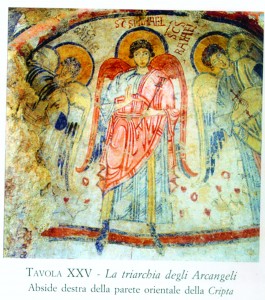
The three archangels, Michael, Gabriel, and Raphael, from the right-hand niche on the eastern wall of the Crypt. On the ground beneath Mary and the angels, as in the Garden of Eden, brilliant red flowers seem to be red poppies, so common in the fields of Italy in springtime and early summer
Other figures clearly identifiable are those of a deacon pouring water on the hands of a bishop and a gorgeous, flowering meadow. The meaning seems to be that “in the garden where Adam and Eve ate the apple, committing sin, and where everything seemed destroyed, there arose a new flower, Christ, and the garden has started to live again,” the author writes. Liturgically, this art signifies that “here and now” (with the Eucharist) “the story begins again.”
“The Crypt of Original Sin” was for many centuries virtually forgotten. It was only rediscovered in the early 1960s, and has been under intensive study since that time. The frescoes are said to date from the 900s, more than 1,000 years ago. Seeing them causes “wonder,” the author says. One’s eyes “widen in ever-greater astonishment,” she writes, as one comes to see that here there is a real garden, created and guarded in this inhospitable, rocky corner of the world, showing how even the stony hearts of men were able to come here to seek and, with great tenacity, find the heart of God.
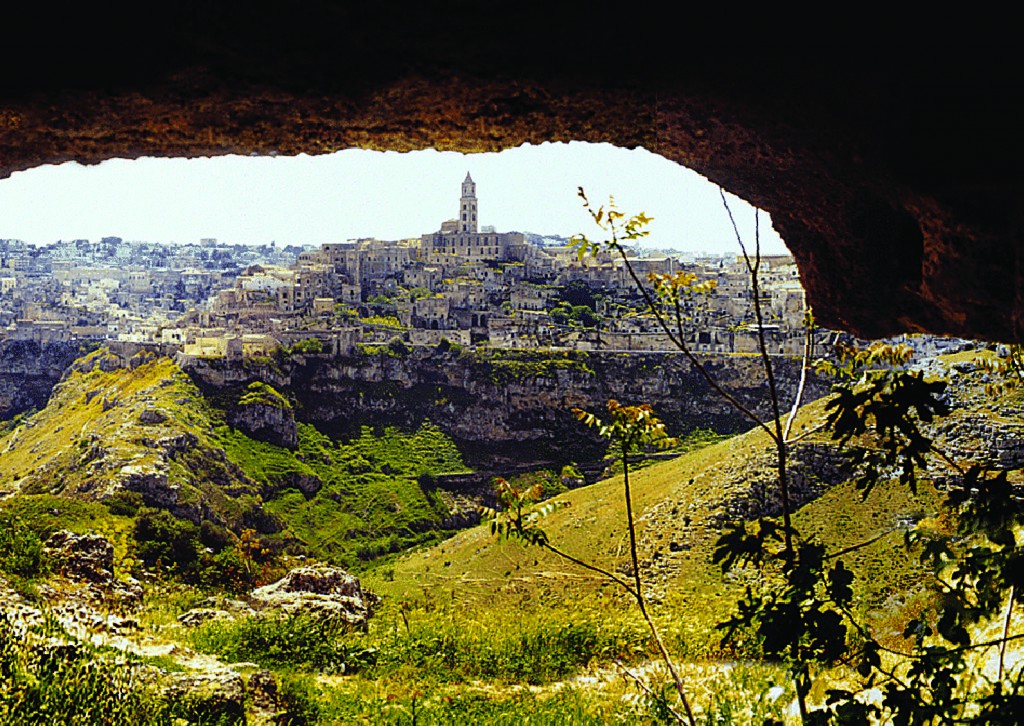
Matera
Matera, City of Ancient Cave Houses
Matera, located in the “instep” of the “boot” of Italy, in the region known as the Basilicata, is an ancient city filled with cave-houses (known as sassi) dug from the soft volcanic tufa rock. What look like normal houses are in fact windowless grottoes with earth floors, where families once slept alongside their animals. Although facades and roofs were added, the interiors remained virtually unchanged until, in 1952, unhealthy conditions prompted the Italian government to declare the sassi uninhabitable. Nearly 15,000 residents were relocated.
Rocky and infertile, Matera was inhospitable to farming; by the 20th century, poverty was widespread.
Film director Mel Gibson chose Matera as a shooting location for his movie The Passion of the Christ, lending it the name “The Jerusalem of the Basilicata.” The scenes of the Last Supper and the Washing of the Feet took place in the ancient monastery of San Nicola dei Greci. The Way of the Cross was in the steep alleys of the abandoned older section, the Sasso Caveoso. Gibson chose to shoot in November because of the particular color of the light in this month on the soft stone of ancient Matera.
In an interview with the New York Daily News, Gibson said about the town of Matera: “Certain sections of the city are 2,000 years old, and the architecture, the blocks of stone, the surrounding areas and rocky terrain added a vista and backdrop that we [used] to create the backdrops for our lavish sets of Jerusalem. We relied heavily on the look that was there. In fact, the first time I saw it, I just went crazy, because it was so perfect.”

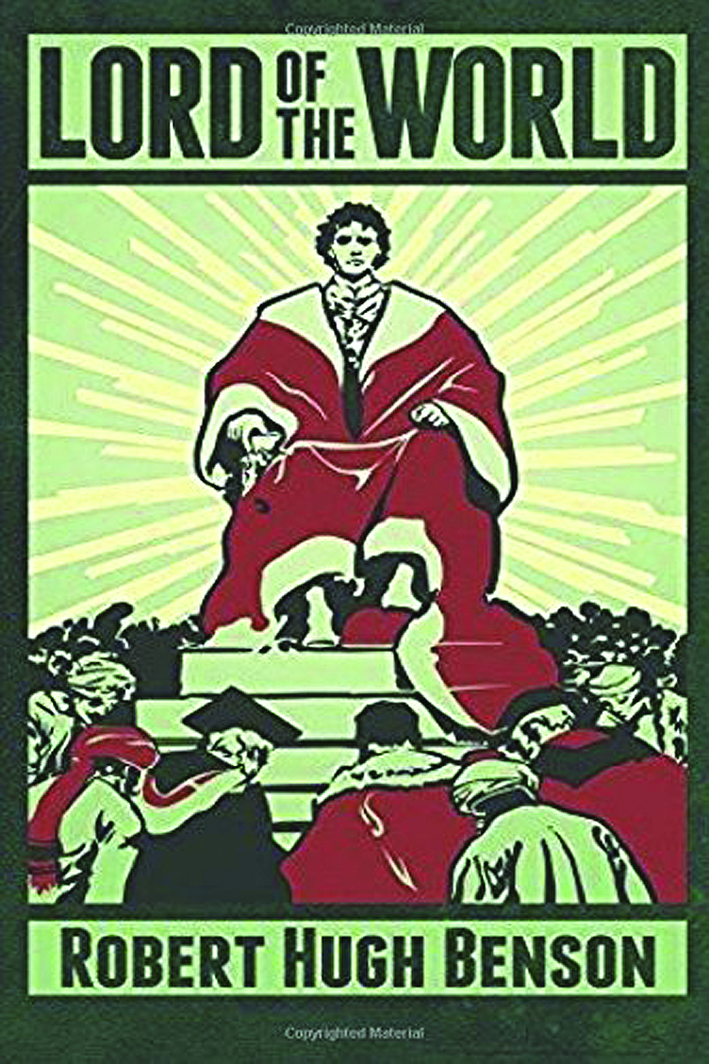
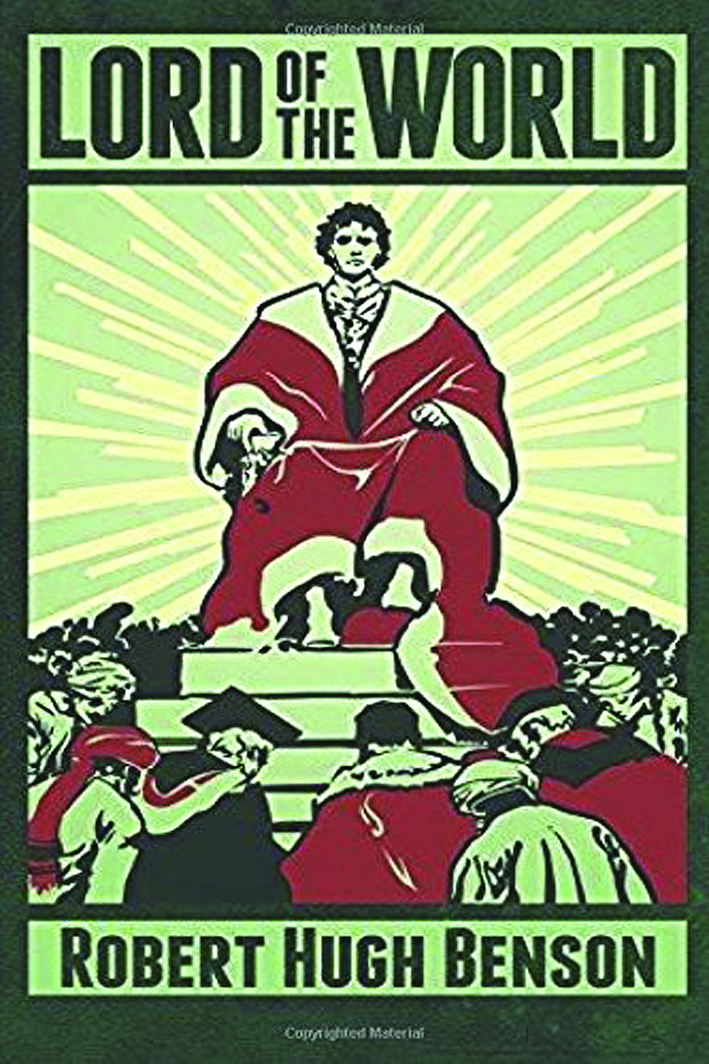
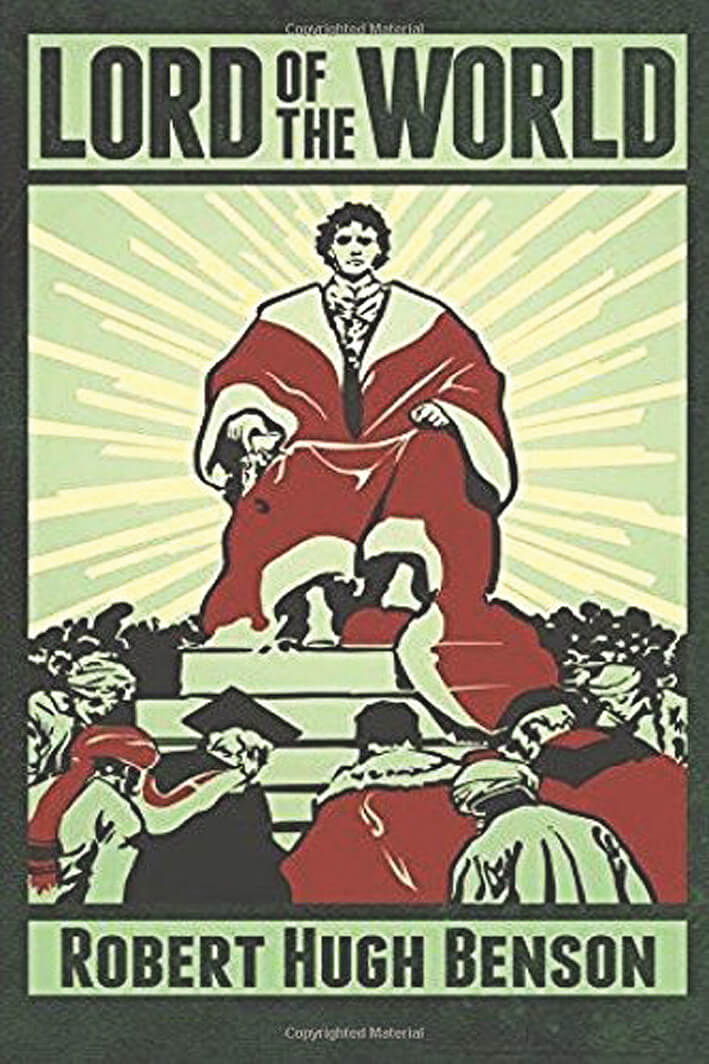
Facebook Comments